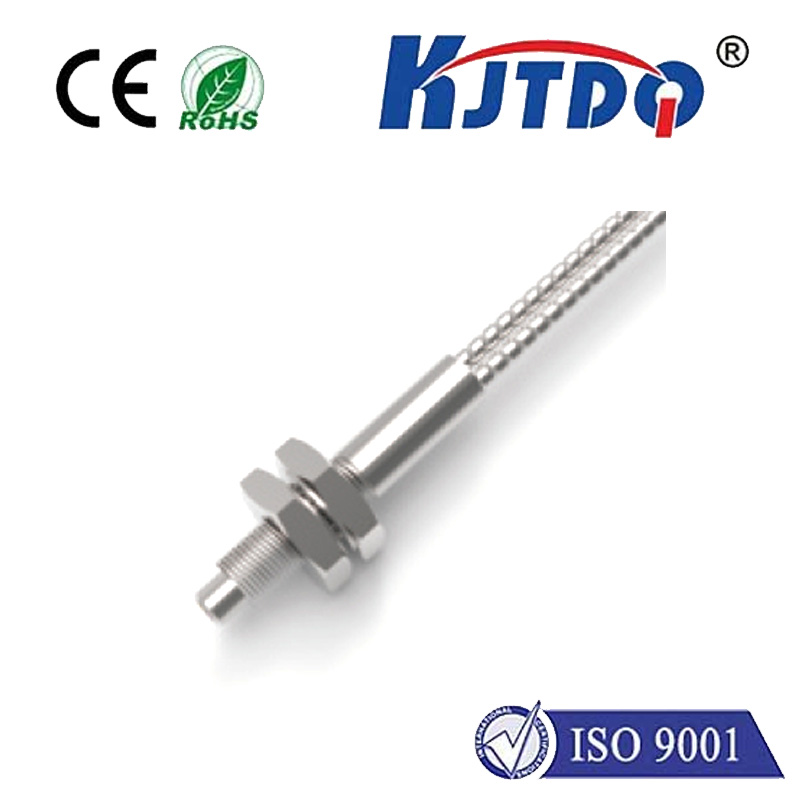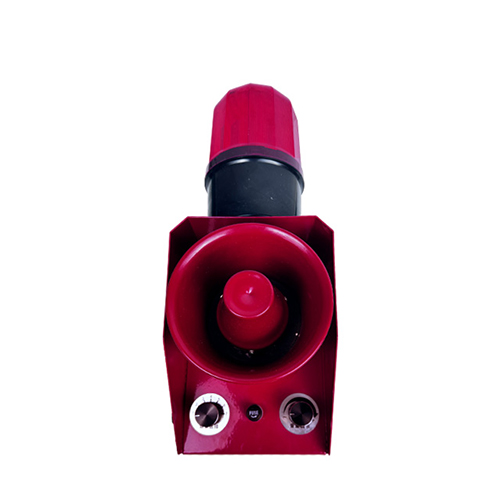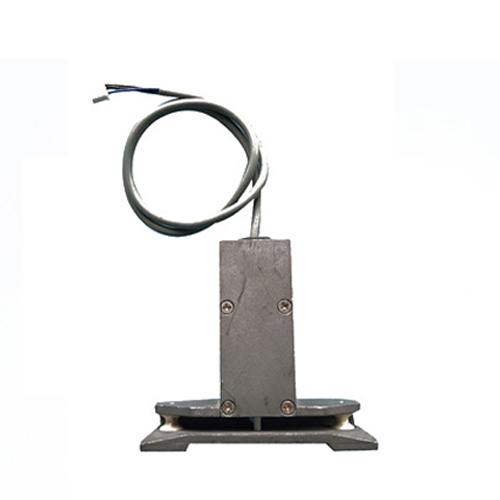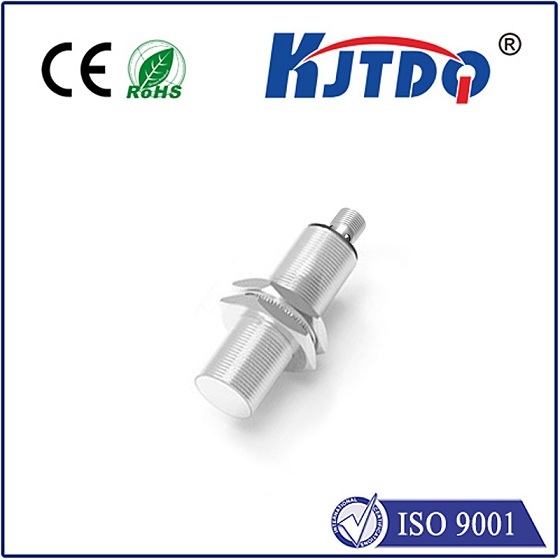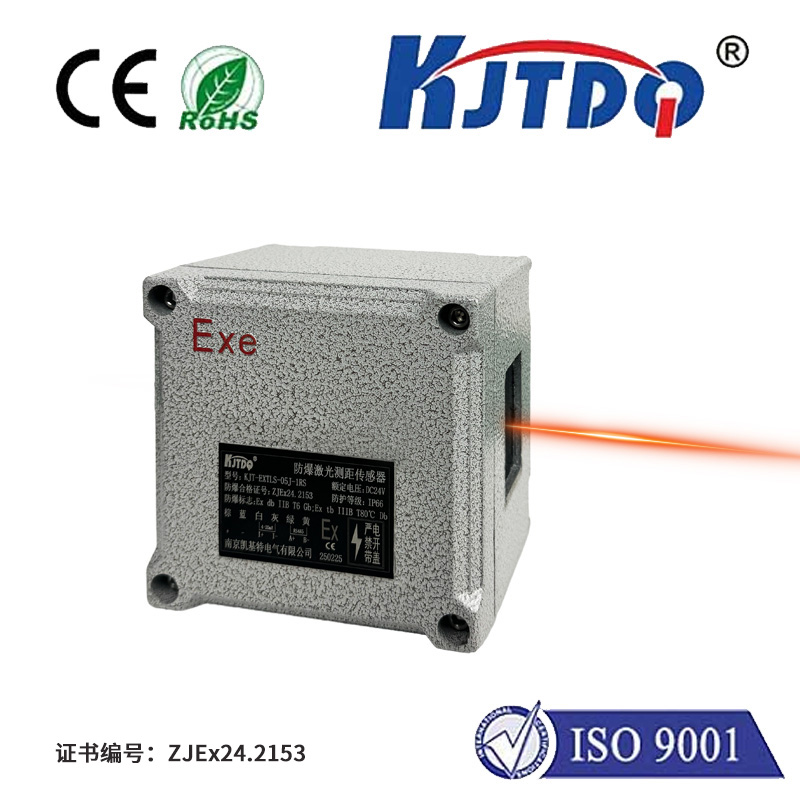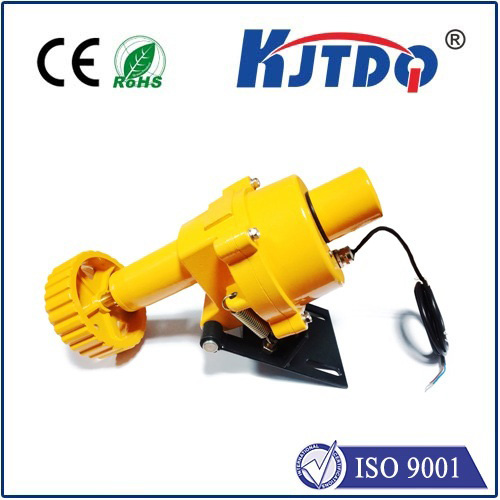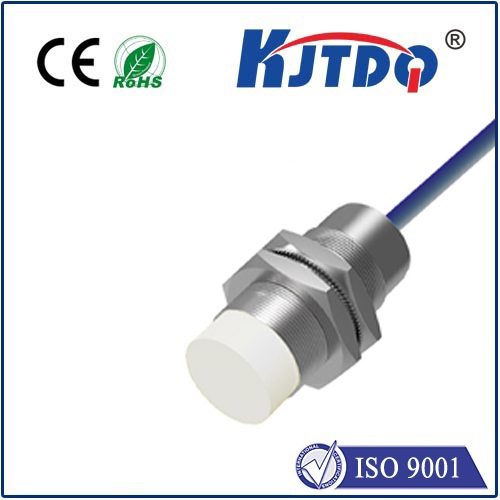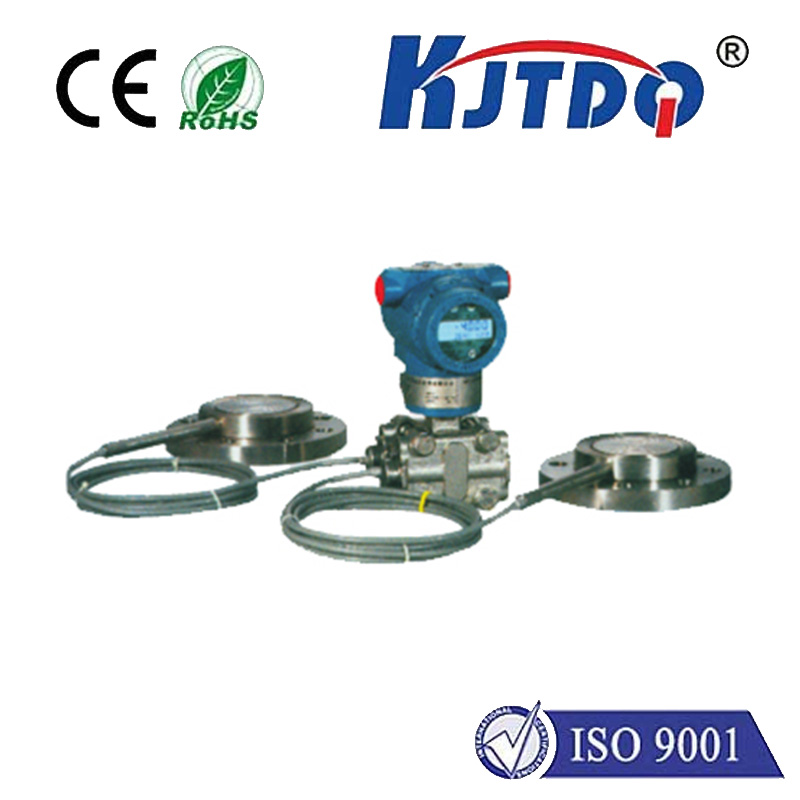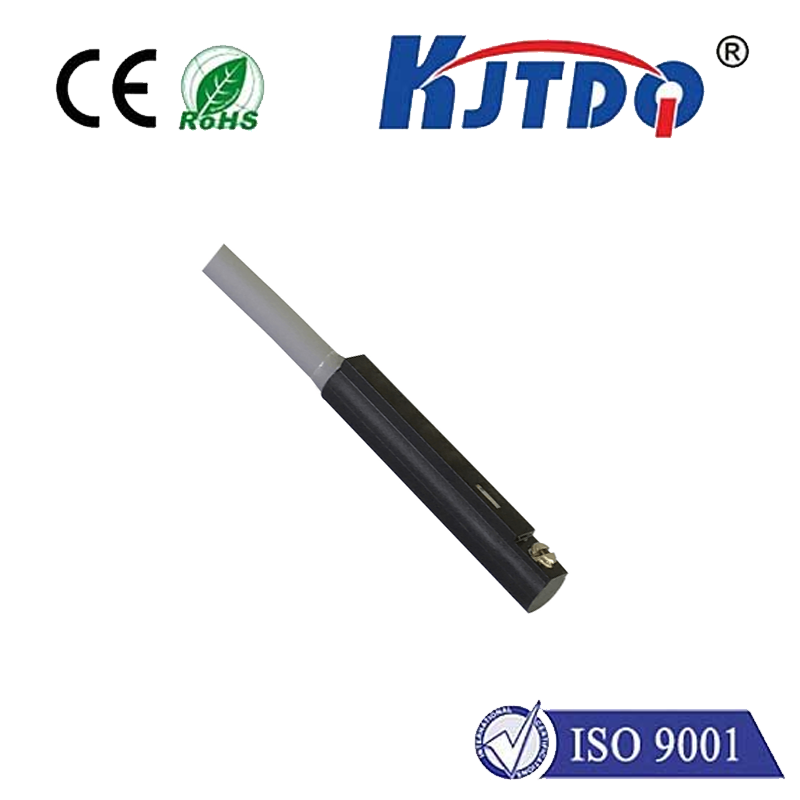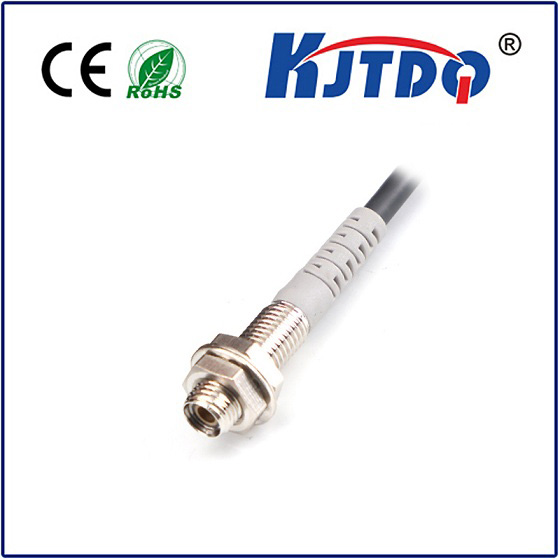

check

check

check

check

check

check

check

check

check

check
Title: High Pressure Proximity Sensor: Revolutionizing Industrial Automation
Introduction
High pressure proximity sensor is a game-changer in the field of industrial automation. It is a sensor that detects the presence or absence of an object at a high pressure level. This technology has been widely adopted in various industries, including manufacturing, oil and gas, mining, and aerospace, due to its ability to detect objects even under extreme conditions. In this article, we will delve into the working principle, applications, and benefits of high pressure proximity sensors.
Working Principle
High pressure proximity sensors work on the principle of capacitive sensing. They use two metal plates separated by a dielectric material to create an electrical charge. When an object comes in contact with one of the plates, it causes a change in the electric field around the plates, leading to a voltage difference between them. This voltage difference is then used to measure the distance between the object and the sensor. The higher the pressure, the stronger the charge generated, which makes the sensor more sensitive to detecting objects at high pressures.
Applications
The high pressure proximity sensor finds its applications in various industries due to its ability to operate in harsh environmental conditions. Some of the prominent applications include:
1. Oil and Gas Industry: High pressure proximity sensors are used to monitor the condition of pipelines and storage tanks. They can detect leaks, blockages, and other issues that may affect the quality of the liquid being conveyed.
2. Mining Industry: These sensors are essential for monitoring the safety of miners working in hazardous environments such as underground tunnels and caverns. They can detect the presence of people, equipment, and other obstacles at high pressures, helping to prevent accidents and injuries.
3. Aerospace Industry: High pressure proximity sensors are utilized in aircraft engines and turbines to monitor their performance and detect potential problems before they become catastrophic. They can also be used to control fuel delivery systems in space vehicles.
4. Manufacturing Industry: These sensors are employed in various production processes, such as assembly lines and quality control systems. They can detect defects, malfunctions, and other issues that may affect the quality of the products being produced.
Benefits
The use of high pressure proximity sensors offers several benefits over traditional methods of detection. Some of these benefits include:
1. Improved Safety: These sensors can detect objects at high pressures, allowing for early detection of potential hazards in hazardous environments. This reduces the risk of accidents and injuries, improving worker safety.
2. Increased Efficiency: High pressure proximity sensors can detect objects in real-time, allowing for quick action to be taken when necessary. This helps to optimize production processes, reduce downtime, and improve overall efficiency.
3. Cost Savings: By reducing the need for manual inspections and other time-consuming processes, high pressure proximity sensors can help businesses save money on labor costs and other expenses associated with maintenance and repair.
Conclusion
In conclusion, high pressure proximity sensors have revolutionized industrial automation by providing reliable and accurate detection of objects at high pressure levels. Their applications are numerous, ranging from safety monitoring in hazardous environments to optimizing production processes in manufacturing facilities. As technology continues to evolve, it is likely that these sensors will become even more sophisticated and useful in meeting the diverse needs of different industries.
